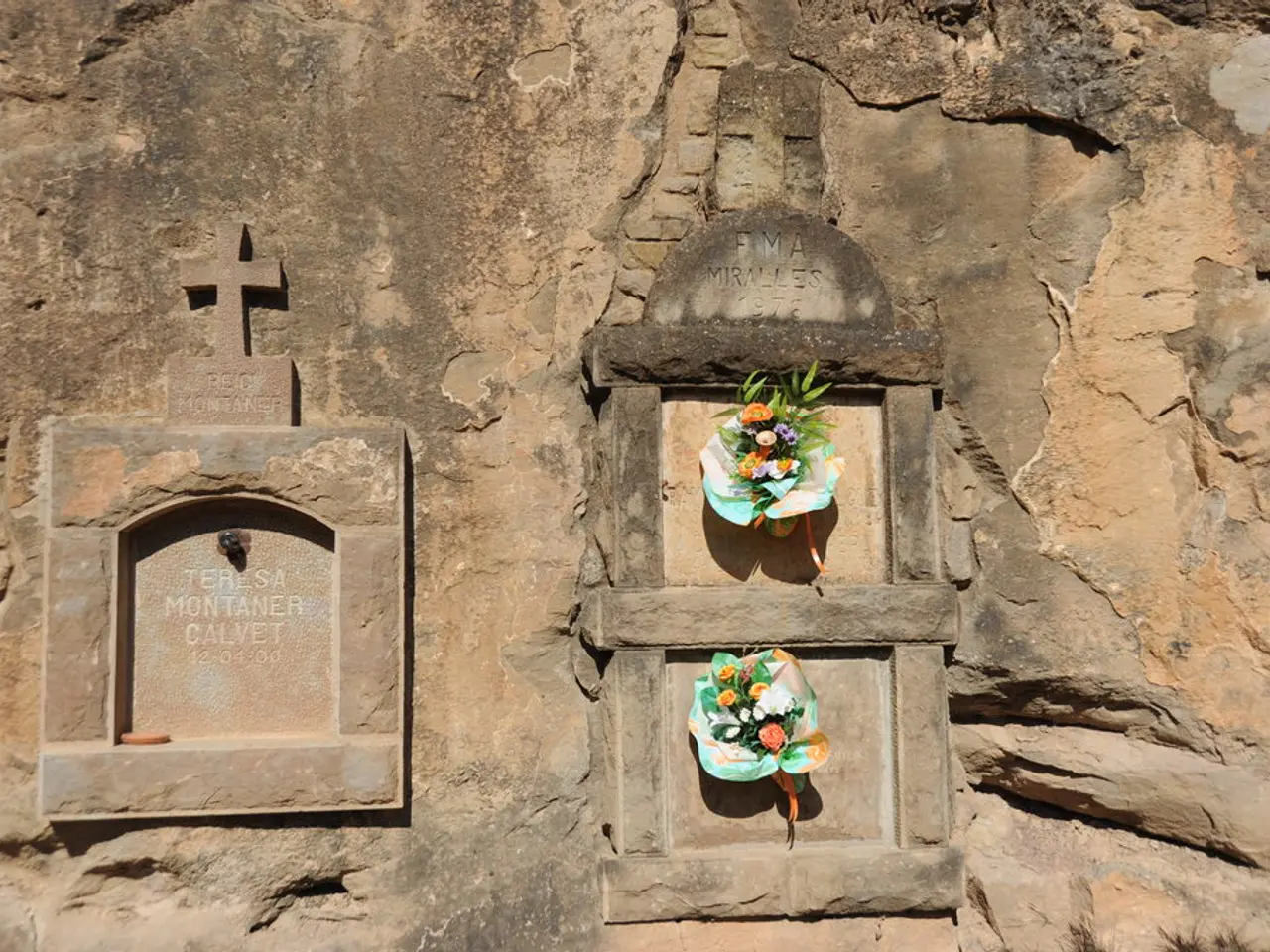Room in action
In the heart of Austria's Alpine region, a significant project has been initiated to research and make visible the history of migrants and labor migration to Hall since the 1960s. Funded by the Sparkling Science research program, this project is a collaborative effort between the Institute for Contemporary History at the University of Innsbruck, three local schools, regional museums, the city archive of Hall, and the Neue Mittelschule Rum.
The project, led by Univ.-Prof. Mag. Dr. Dirk Rupnow, aims to shed light on the impact of migrants on the economic recovery and growth of Hall during the post-World War II era and throughout the phases of political change during Austria's Second Republic. The research will focus on the crucial role migrants played in addressing workforce shortages arising from industrial changes and the service sector expansion, particularly in tourism and related industries.
The collaboration with local schools is integral to the project. Students from participating schools, including the Franziskanergymnasium, BHAK/BHAS Hall i.T., and Neue Mittelschule Rum, have been integrated into the entire research and design process. Their experiences and everyday knowledge make them experts on the topic, ensuring a comprehensive understanding of the local community's history.
The project culminated in an exhibition, showcasing the research findings and providing a platform for public engagement and dialogue. A project website is also available for further information, offering additional materials and resources for those interested in delving deeper into the history of migration in Hall.
Austria, currently a migration society, has seen the history of migration remain largely invisible in the public sphere. This project aims to change that, contextualizing the migrants' inputs as key factors in understanding the region's postwar development within Austria’s political and economic evolution since the 1960s. By doing so, the project sheds light on the broader historical trajectory of Austria after the war, from occupation to sovereignty, economic reconstruction, and political consolidation under the Second Republic’s democratic framework.
The project's success underscores the importance of collaboration and interdisciplinary approaches in historical research. By bringing together academia, local institutions, and students, the project has created a vibrant platform for exploring and understanding the impact of migration on regional communities, contributing to a more comprehensive understanding of Austria's postwar history.
- This collaborative project between the Institute for Contemporary History at the University of Innsbruck, local schools, regional museums, the city archive of Hall, and the Neue Mittelschule Rum, among others, is not only focused on education-and-self-development for students but also extends to the research of migrants' history and labor migration to Hall since the 1960s, with the aim of influencing politics and general news.
- As part of the research project aimed at making visible the history of migrants in Hall, the students from participating schools have been integrated into the entire research and design process, contributing their experiences and everyday knowledge to help shed light on the political and economic impacts of migrants on the region since the post-World War II era.




